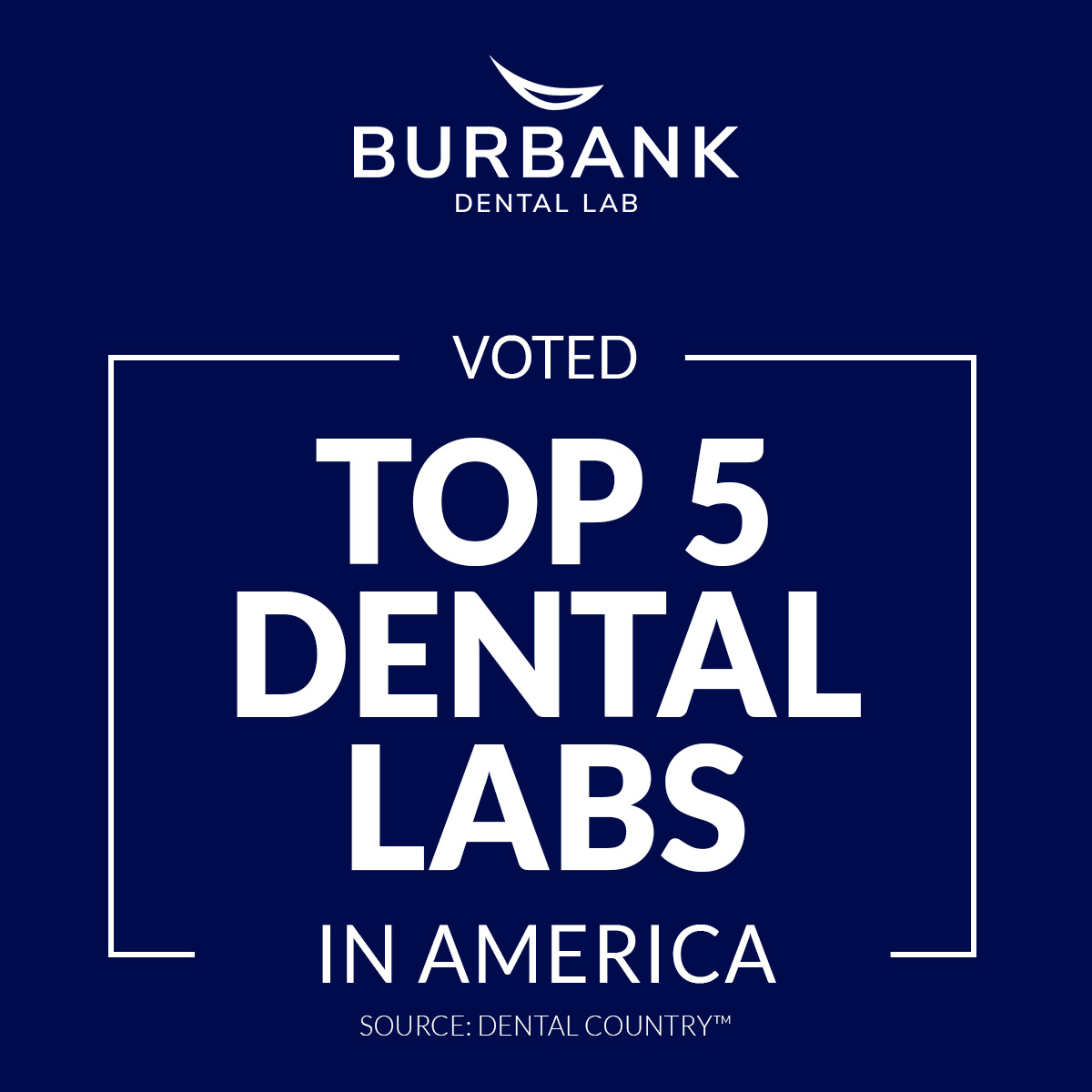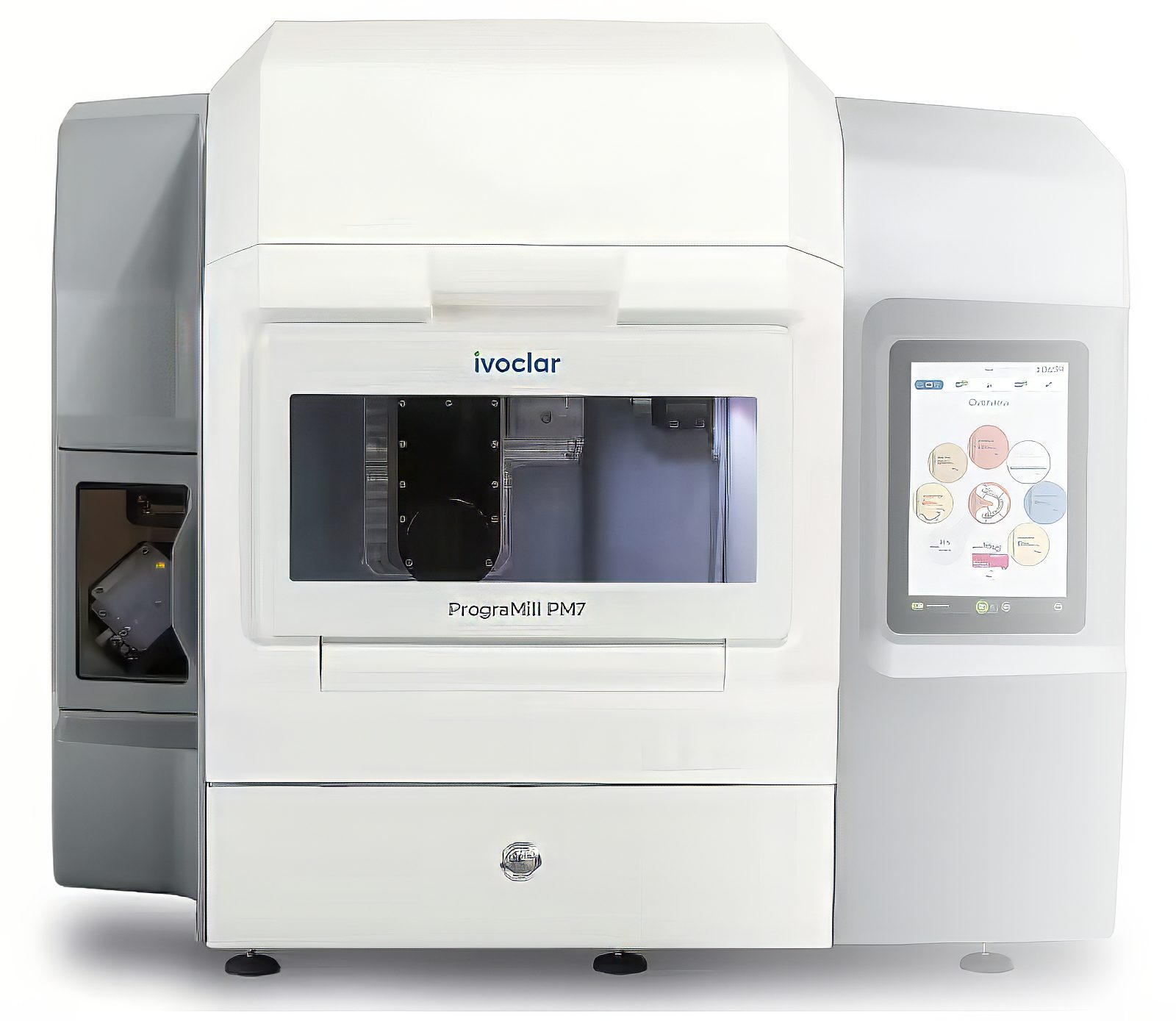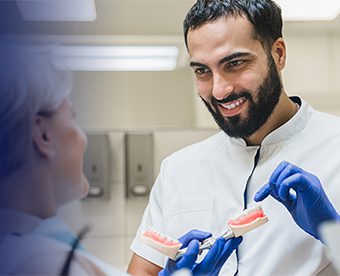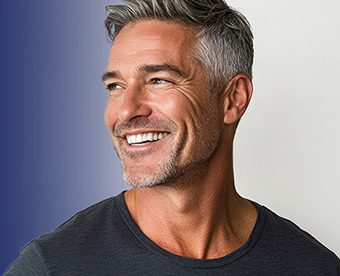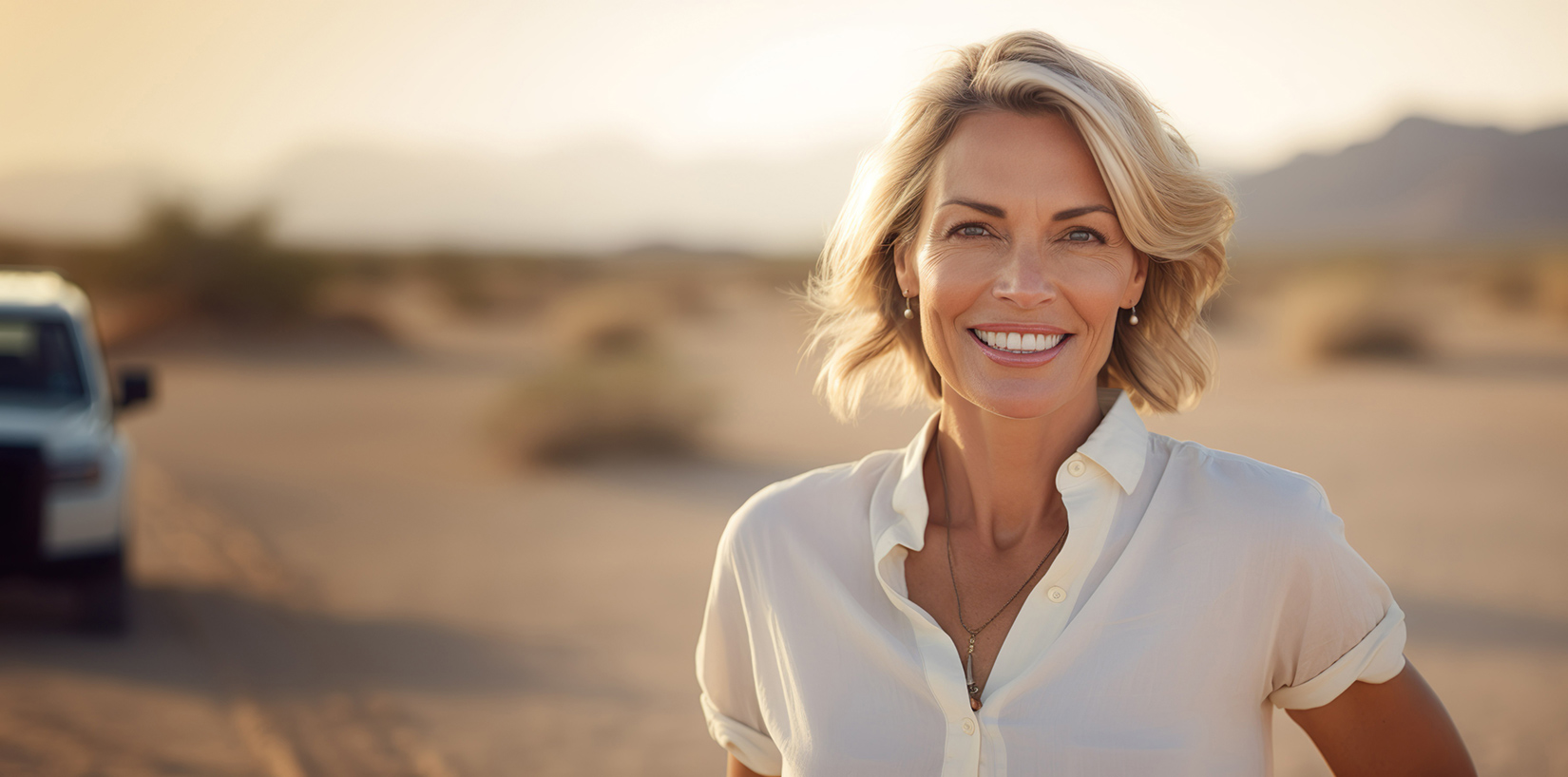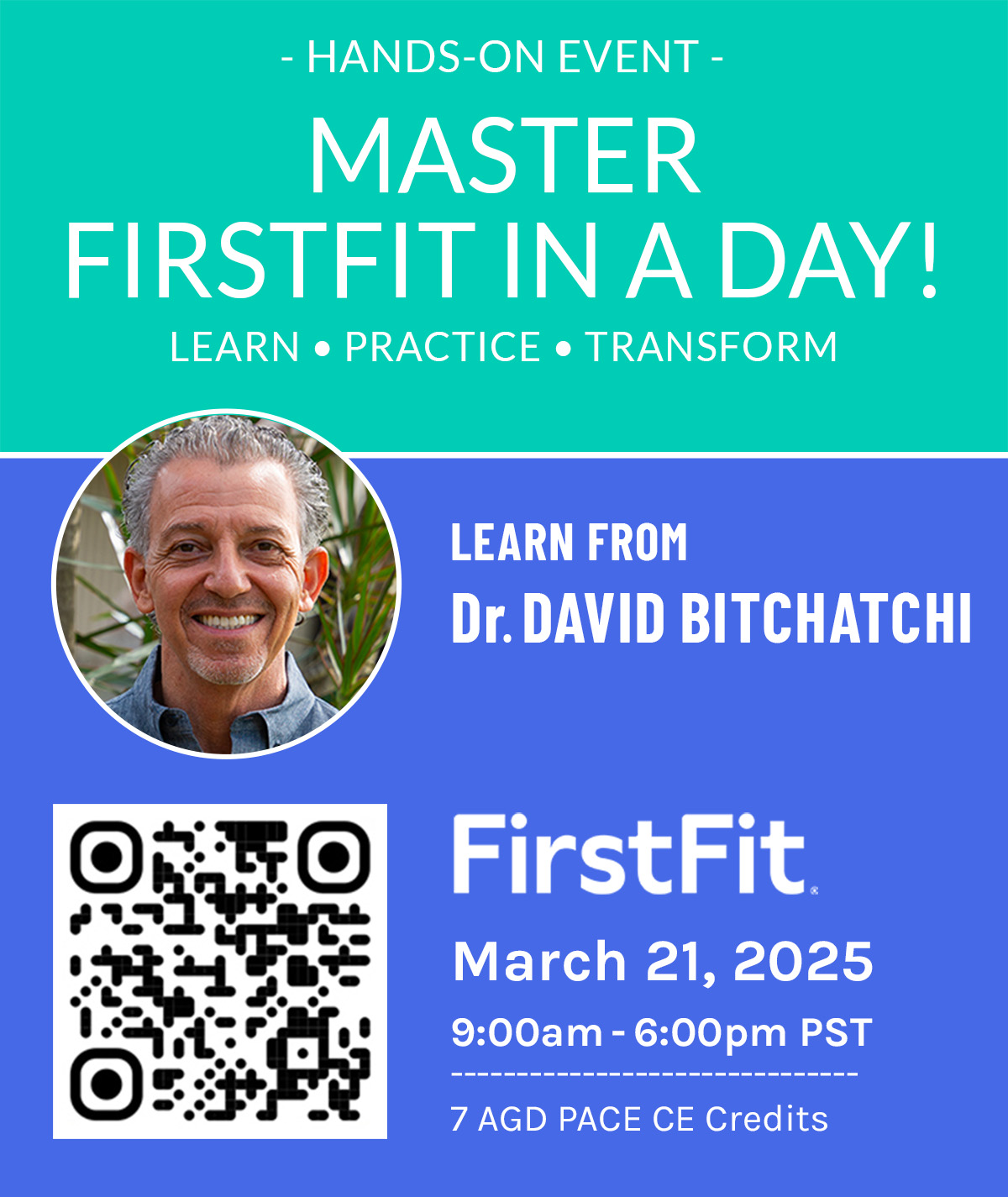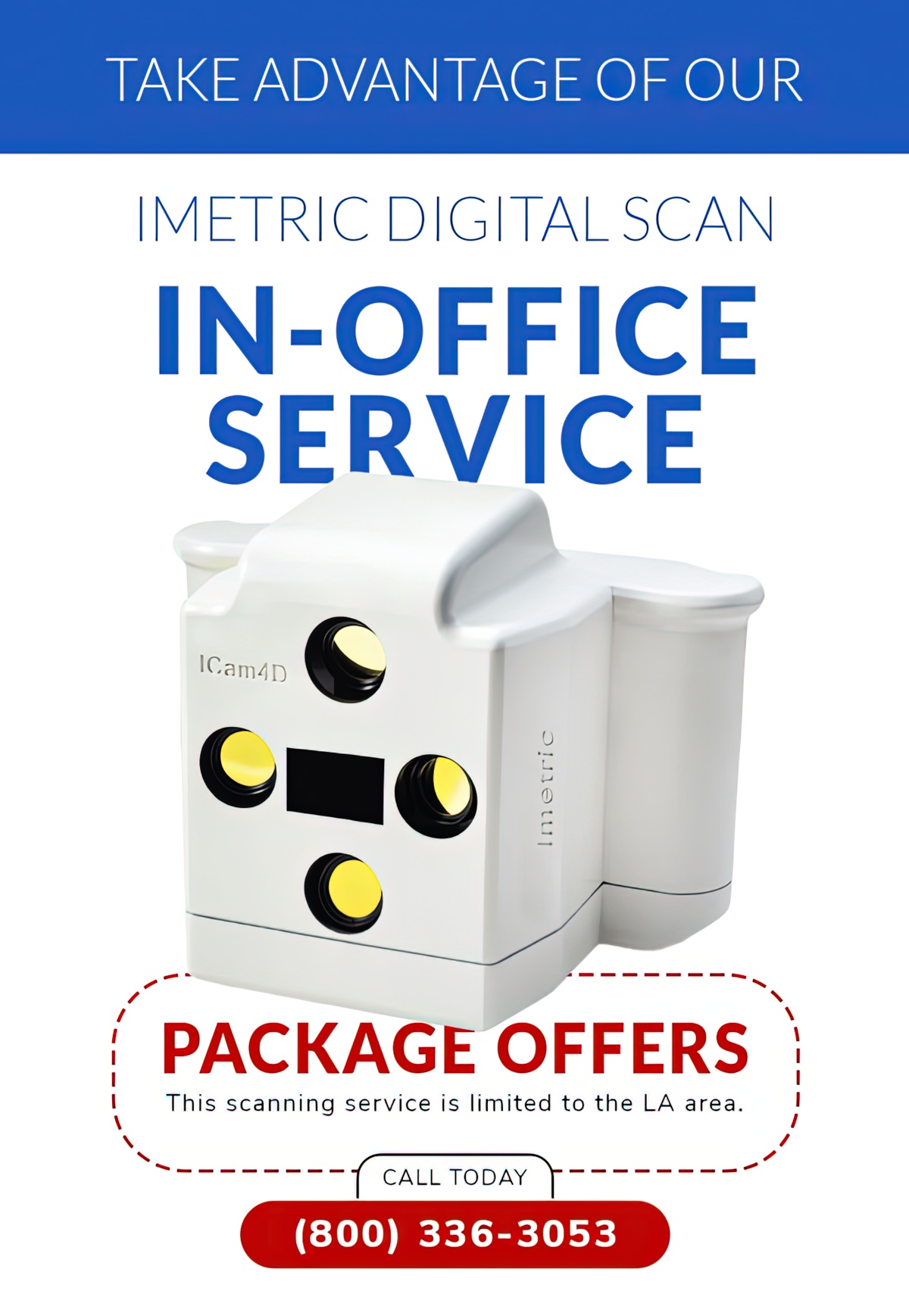Accurate color communication between the dentist and the dental lab is pivotal in ensuring restorative procedures achieve a natural and harmonious look. The key is to achieve a seamless match between natural dentition and prosthetic restorations. Getting this right hinges critically on choosing the correct color.
The dentist’s ability to convey the precise shade of the tooth to the dental lab plays an instrumental role in this process. However, this communication isn’t always straightforward. Given the complexities of color perception, influenced by factors ranging from lighting conditions to individual visual acuity, ensuring the dental lab accurately grasps the dentist’s vision is crucial.
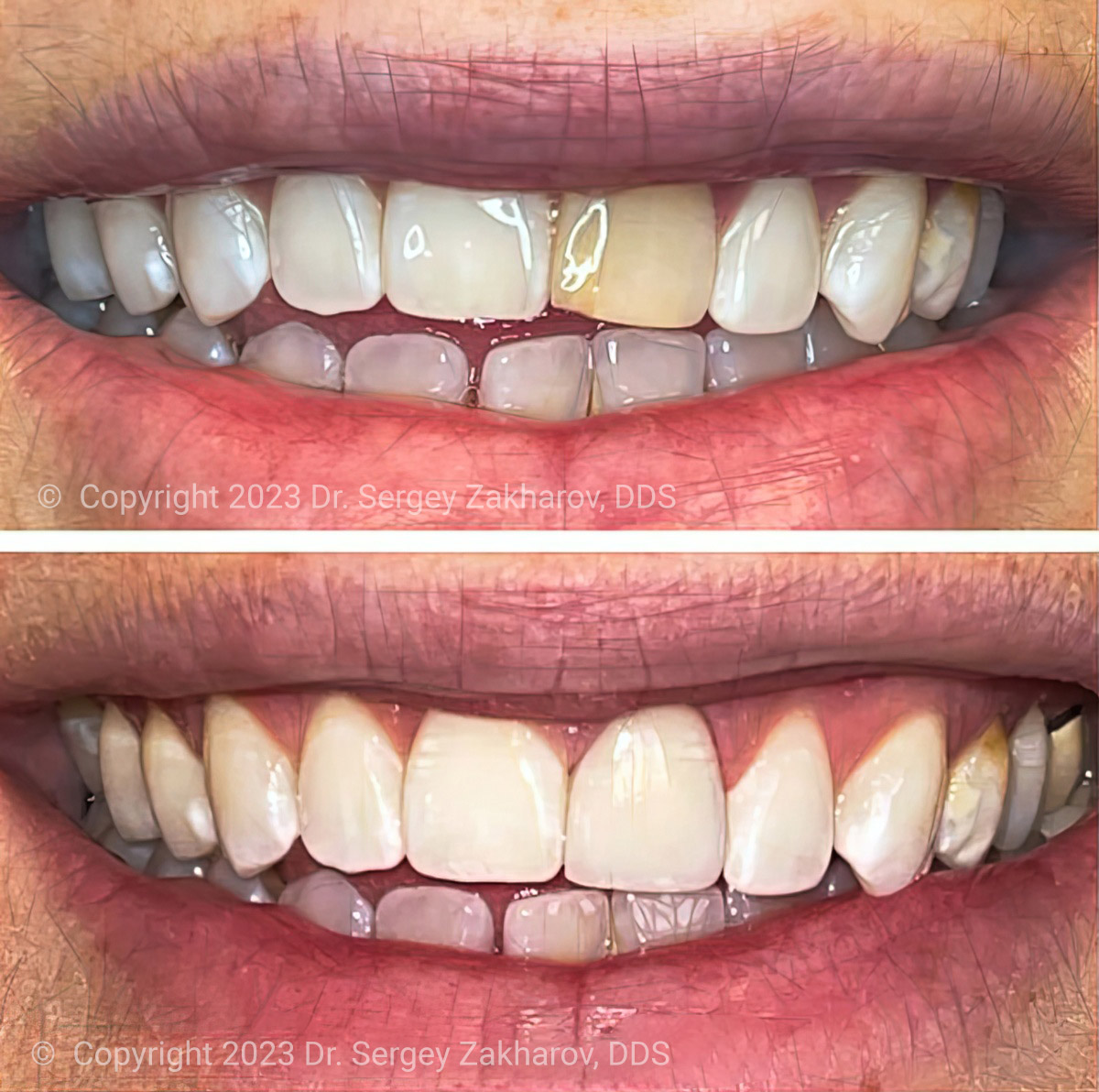
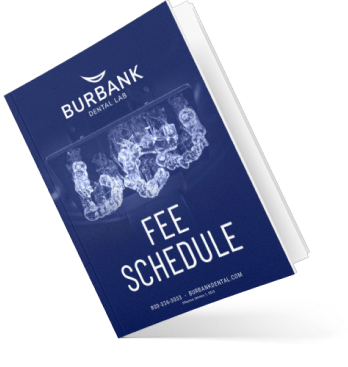
REQUEST THE BURBANK DENTAL LAB FEE SCHEDULE
REQUEST FEE SCHEDULE HERE
REQUEST FEE SCHEDULE
Fortunately, the dental world has seen rapid advancements over the years. Traditional methods, tried and tested though they may be, are now complemented by state-of-the-art technological innovations. These new tools not only enhance precision but also streamline the communication process between the dentist and the dental lab.
Color Communication Challenges
Human color perception is intricate and can be influenced by multiple factors. Intrinsic properties of teeth as well as external factors, such as lighting conditions, play significant roles in how color is perceived and communicated. Color is not just about what the eye sees; it’s about how the brain interprets those visual cues.
In dentistry, the challenge of communicating color is heightened because of several factors that can alter or skew perception, such as:
1. The complexity of human perception
Our eyes might pick up the color, but it’s the brain that interprets it. Two individuals might see the same shade slightly differently based on their own unique color perceptions. This subjectivity adds an inherent challenge to color-matching.
2. Variability in natural tooth color
Teeth aren’t monochromatic. They possess a variety of shades, translucencies, and nuances. Capturing the full spectrum of these variations is essential for a seamless match.
3. Lighting conditions
The type and quality of light can significantly affect how a color is perceived. For instance, the same tooth may appear differently under incandescent lighting than natural daylight.
4. Metamerism
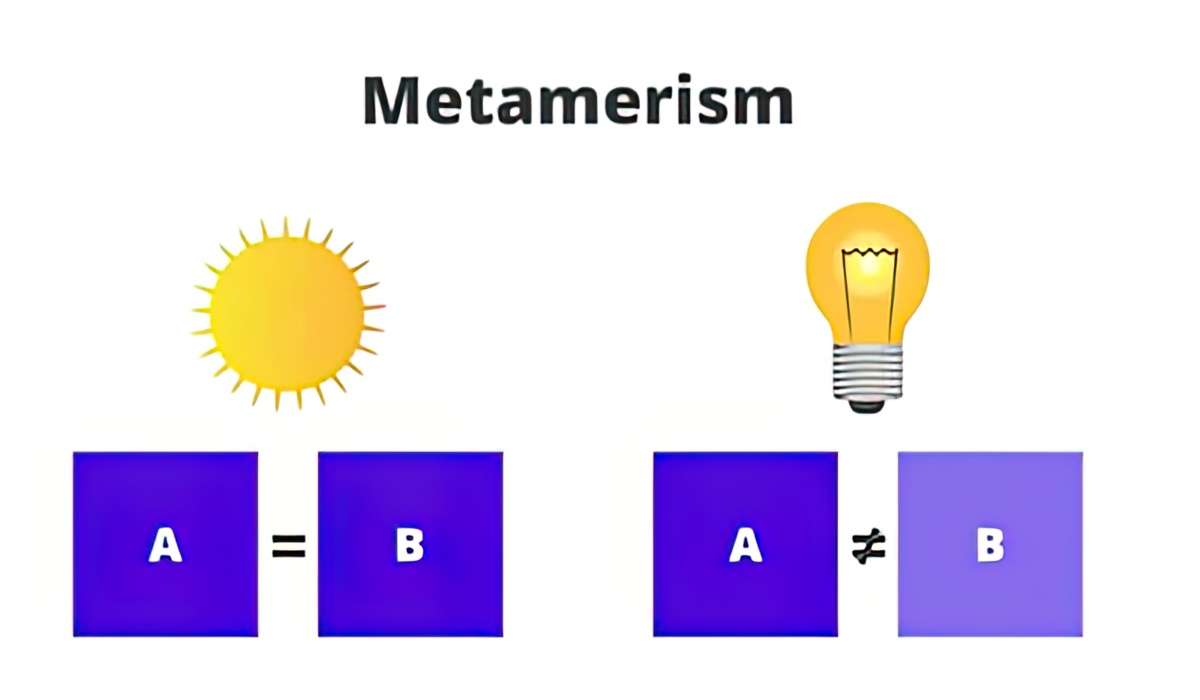
This is a phenomenon where two colors appear to match under one lighting condition but not under another. Such discrepancies can throw off shade-matching efforts if not accounted for.
5. Surrounding colors
The color of adjacent teeth, gums, and even the color of clothing someone is wearing can influence the perceived shade of a tooth due to color reflection and contrast effects.
5. Material limitations
The prosthetic materials used in dental restorations might have a different reflective or refractive quality than natural teeth, further complicating the color-matching process.
Given these challenges, it’s evident that color communication in dentistry is a nuanced, collaborative effort between the dentist and the dental lab, requiring expertise, attention to detail, and sometimes a touch of artistry.
DOWNLOAD A GUIDE
Standard Ways of Communicating Color
Shade guides have long been the standard in dentistry for color communication. While they are widely used, achieving precise color matching requires skill, experience, and the right environment. But while they are a trusted and essential tool, their efficacy hinges on several best practices.
1. Environmental control
Preparing the environment is vital before even picking up a shade guide. Natural daylight is the best lighting condition for shade matching, but daylight-mimicking LED lights can provide a consistent light source in its absence. Eliminating background colors, like brightly colored walls or clothing, can also help reduce visual distractions and misperceptions.
2. Shade selection at the start
It’s best to choose the shade at the beginning of the appointment before tooth dehydration or before undertaking any procedure that might temporarily change the tooth’s color.
3. Two-step verification
Begin by identifying the family of color (e.g., brownish, yellowish) and then refine the selection to a specific shade within that family. This two-step process can help in narrowing down the most accurate match.
4. Multiple observers
Given the subjective nature of color perception, having more than one person verify the shade can lead to a more accurate match. An assistant or a colleague can provide a second opinion.
5. Patient input
While professionals have the training and tools, the patient’s input should not be ignored. After all, they are familiar with their own teeth and might offer valuable insights.
6. Custom shade guides
Some practitioners keep a modified shade guide where they’ve removed the least used shades, ensuring that the guide they regularly use only has the shades that are most relevant for their patient base.
7. Regularly update and maintain shade guides
Over time, shade guides can become discolored or worn out. Regularly cleaning them and replacing old or faded tabs will ensure accuracy.
8. Consistent angling

When comparing a shade tab with a tooth, it’s essential to maintain a consistent angle, typically 90 degrees, to the line of sight, ensuring a uniform reflection of light.
9. Use of neutral blue background
Holding a neutral blue-colored card or cloth behind the shade tab and the tooth can neutralize the effects of surrounding colors and enhance color differentiation.
New technologies in color communication
The age of digital dentistry has ushered in advanced shade-taking devices. These devices can scan a tooth and provide a digital shade value, offering more accuracy and consistency than manual methods. Furthermore, specialized software can further refine this data, ensuring that the laboratory receives precise shade instruction.
The traditional reliance on manual shade guides, while still prevalent, is now complemented with sophisticated devices and software that promise greater accuracy, repeatability, and convenience in shade determination. These innovations also reduce the subjective variability that can sometimes hamper the shade-matching process.
These devices include:
Digital shade-taking devices
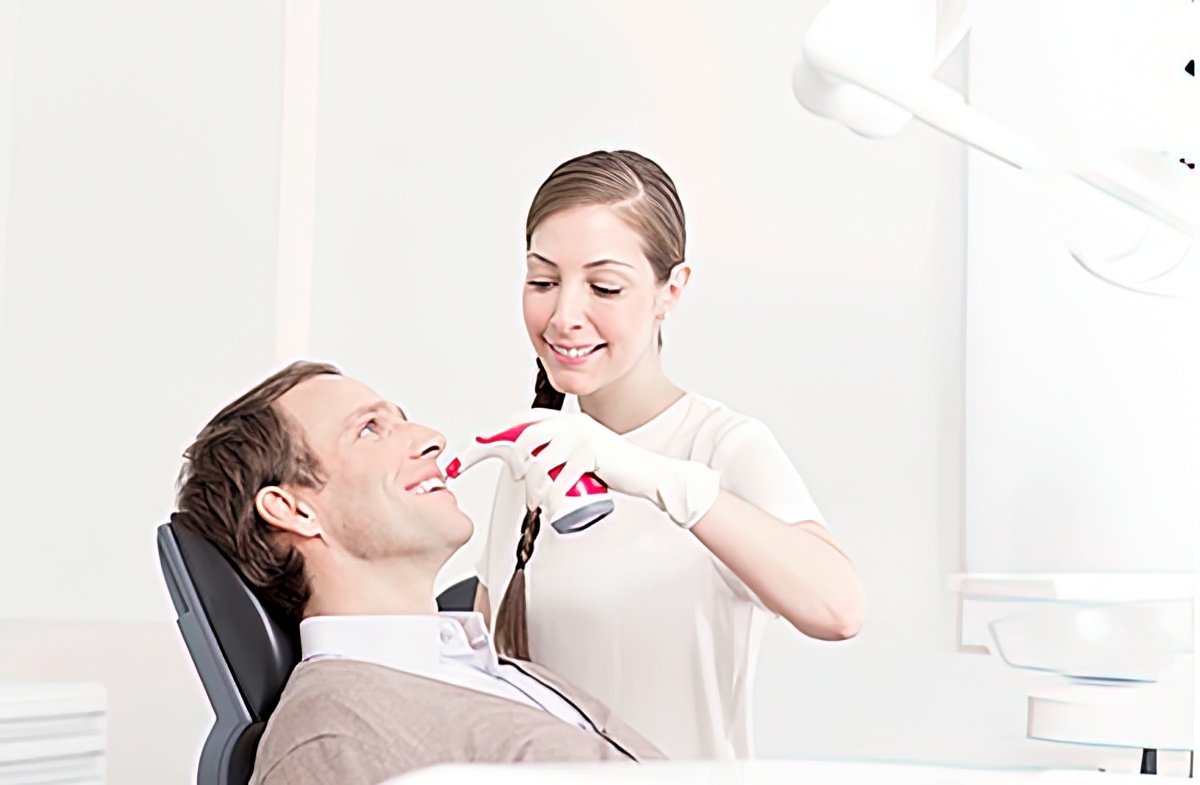
These devices use advanced optics and sensors to measure the color of teeth with great precision.
Cloud-based communication platforms
Such platforms ensure that shade information, images, and specifications are instantly and accurately communicated to the laboratory, reducing errors that can arise from manual communications.
While the challenge of communicating color accurately has always existed in dentistry, the combined strengths of traditional tools and modern technology make it more achievable than ever. Through effective collaboration and the right tools, dentists and the dental lab can ensure patients receive dental restorations that seamlessly blend with their natural dentition.
